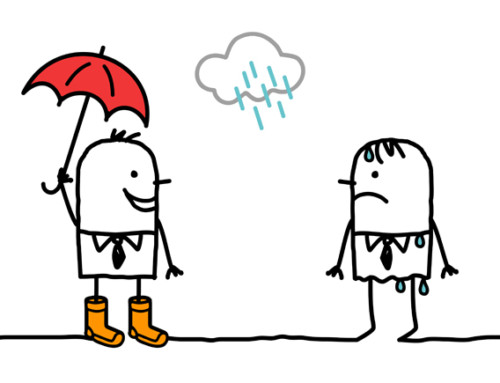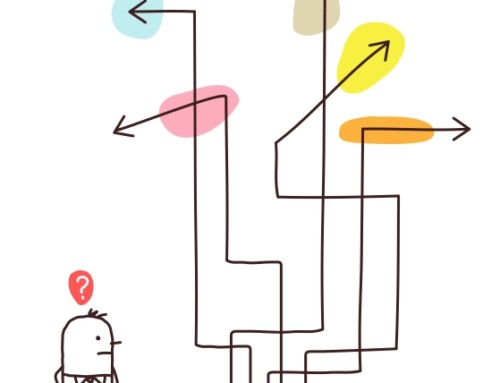Contrary to what you may infer from its name, emotions play a central role in cognitive behavioural therapy (CBT). In this article, I will give several examples of how CBT is in many ways ‘all about emotions’.
For some time, I’ve considered ‘cognitive behavioural therapy’ in certain respects to be an unfortunate name for the form of therapy in which I specialize. The name of a similar form of therapy which preceded CBT–rational emotive behavior therapy (REBT)—is one which has certain advantages over the name cognitive behavioural therapy. Unlike CBT, the late Dr. Albert Ellis’s REBT refers to emotions in its title. The result of this omission in the name CBT is that although both CBT and REBT focus on emotions, many people who are unaware of this fact assume from its name that CBT does not do so. These people consequently view CBT as a form of therapy to avoid if you are suffering from issues involving your emotions (which is a lot of issues!).
In fact, nothing could be further from the truth. This sentiment was best expressed by Dr. Aaron Beck, the creator of cognitive therapy (which later came to be referred to by its more common title of cognitive behavioural therapy). Dr. Beck once stated that it is impossible to do cognitive therapy without emotions being considered and addressed. The following examples provide some evidence supporting Dr. Beck’s statements.
CBT has a strong ‘track record’ in addressing issues involving emotions
There has been substantial research supporting the effectiveness of CBT as a treatment for various issues in which emotions play a central role. These include depression and the various anxiety disorders—generalized anxiety disorder (GAD), panic disorder, obsessive-compulsive disorder (OCD), phobias, social anxiety and post-traumatic stress disorder (PTSD).
Emotions play a central role in CBT’s skills and techniques
CBT’s skills and techniques typically incorporate emotions as a pivotal element. For example, thought records are a CBT technique in which a person identifies and changes changing negative automatic thoughts as a means of reducing their distress. A key part of thought records involves the client identifying the emotions they experience in the situations which lead to their negative automatic thoughts. In addition, the primary criterion for successful use of thought records involves the client experiencing a decrease in the intensity of their emotions as a result of changing their thinking from negatively distorted to more balanced.
CBT teaches people skills to facilitate the expression of their emotions
People often come to therapy for help in expressing their feelings and emotions. CBT therapists teach people a variety of techniques for this purpose including those in the areas of assertiveness, communication, anger management and social skills.
So if you are seeking a form of therapy which deals with emotions, don’t let the name fool you. Cognitive behavioural therapy will ‘fill the bill’ I can attest to this from my years of experience as a Calgary psychologist and a Cochrane psychologist.
May you use CBT to get your emotions in motion,
-Dr. Pat





Leave A Comment